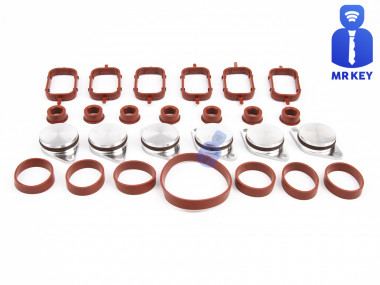As a car owner, managing multiple key replacements can be daunting. Fortunately, there's a streamlined method to order several keys simultaneously using a CSV file. Here's how you can simplify the process:
1. Prepare Your Key List
Create a Spreadsheet: Use software like Microsoft Excel to list your key codes.
Enter Details: In Column A, input each key code; in Column B, specify the quantity needed.
Avoid Headers: Start directly with your data; do not include column titles.
2. Save as CSV
Choose CSV Format: When saving, select 'CSV (Comma delimited)' from the 'Save as type' dropdown.
Ensure Correct Format: Avoid other CSV formats to prevent compatibility issues.
3. Upload Your CSV File
Access Your Account: Log into your trade account on the key replacement website.
Navigate to Product Page: Find the specific key product you need.
Upload CSV: Click the 'Upload a CSV' button above the key number entry field and select your file.
Wait for Processing: Large files may take time to upload; remain on the page until completion.
4. Complete Your Order
Add to Basket: Once uploaded, click 'Add to basket.'
Proceed to Checkout: Follow the standard payment process to finalize your order.
Important Considerations
Separate Files for Different Keys: If ordering various key types or series, create individual CSV files for each.
Trade Account Requirement: This feature is typically available to trade account holders; ensure you have the necessary access.
By following these steps, you can efficiently manage bulk key replacements, saving time and ensuring accuracy.

 (1)_1736343157.jpg)
 (1)_1749457081.jpg)
 (1)_1736235862.jpg)

